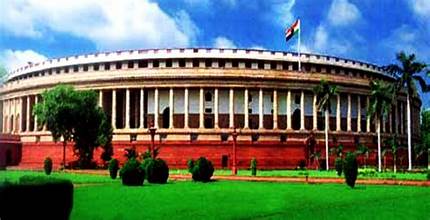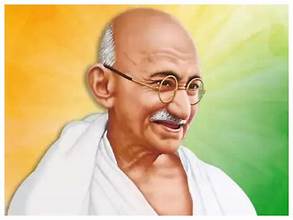A parliament is a legislative body of government responsible for making and passing laws, as well as overseeing the functioning of the government. Parliaments exist in many countries around the world, and they come in various forms and with different names, such as Congress in the United States, the House of Commons and House of Lords in the United Kingdom, the National Assembly in France, and the Bundestag and Bundesrat in Germany, to name a few.
Key features of a parliament typically include:
- Representation: Members of parliament (MPs) or legislators are elected by the citizens of the country or region they represent. Each member usually represents a specific geographic area or constituency.
- Lawmaking: The primary function of a parliament is to draft, debate, and pass laws. Proposed laws are called bills, and they go through a legislative process that includes multiple readings, committee reviews, and debates before becoming law.
- Oversight: Parliaments also have a role in overseeing the executive branch of government. This includes holding the government accountable for its actions, questioning government officials, and conducting investigations into matters of public interest.
- Budget Approval: In many countries, parliaments have the authority to approve government budgets and expenditures. This ensures transparency and accountability in the use of public funds.
- Representation of the People: Parliaments serve as a forum for citizens to have their concerns and issues addressed through their elected representatives.
- Debate and Discussion: Parliaments provide a platform for the expression of different opinions and perspectives on various matters, promoting public discourse and the exchange of ideas.
- Checks and Balances: In systems with a separation of powers, parliaments act as a check on the executive branch’s power, helping to maintain a balance of power within the government.
Parliamentary systems vary from country to country. Some countries have a parliamentary system of government where the executive branch (Prime Minister or similar) is drawn from the majority party or coalition in the parliament. Others, like the United States, have a presidential system, where the executive (the President) is elected separately from the legislature.
The specific structure, powers, and procedures of a parliament depend on the country’s constitution and its historical and political context. Nevertheless, the concept of a parliament as a representative and legislative body is fundamental to democratic governance in many nations.


